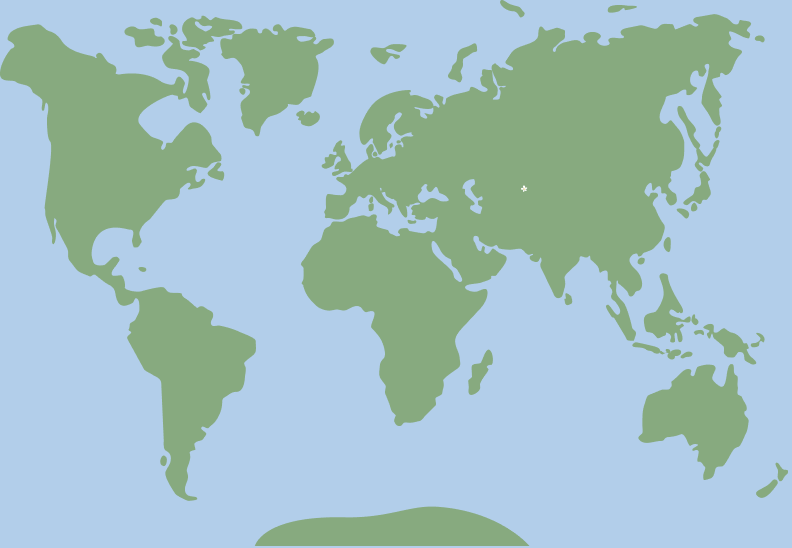Funen, Denmark
Egeskov Castle
This floating castle appears to be from an enchanted fable, but in actuality it is Europe's best preserved Renaissance water castle.
Rocha, Uruguay | C.1881
Discovering the village of Cabo Polonio in Uruguay is an experience rich with breathtaking landscapes characterized by the small, rustic, colorful homes that dot its horizon. Founded around 1881, the small village is named after Captain Joseph Polloni whose ship, the Cadix, sank off the coast in 1753. However, the village as it’s known today wouldn’t appear for more than a century. Inhabited by indigenous tribes for thousands of years, the land also became a refuge for pirates and French traffickers. In 1881, a lighthouse was built to guide ships, this sparked an attraction to the city, and the village grew.
What sets Cabo Polonio apart from other villages is how to access it. No roads lead to the village and visitors often walk or drive 4×4’s about a half mile from the highway over sand dunes and along the beach. Cabo Polonio also doesn’t have electricity or running water. Fishermen, scientists, and wildlife lovers are committed to its hardy lifestyle as year-round inhabitants.
Even without standard utilities Cabo Polonio’s shops and restaurants are powered by wind turbines, generators, or a soft candlelight. The village is surrounded by two beaches: Calavera Beach and Sur Beach, and one large colony of sea lions that live nearby.
In 2009, the Cabo Polonio National Park was created to protect and preserve the village, its surrounding ecosystem, and to prevent any future construction – thus forever maintaining the remote and charming appeal of the small, coastal community.
 -34.402194, -53.794834
-34.402194, -53.794834
Max file size is 40MB. JPEGs are preferred.
You do not have permission to view this form.Need an account? Sign up
This site is protected by reCAPTCHA and the Google Privacy Policy and Terms of Service apply.
Know more? Share with the community!
Submit Your ImageLogin/Sign Up.